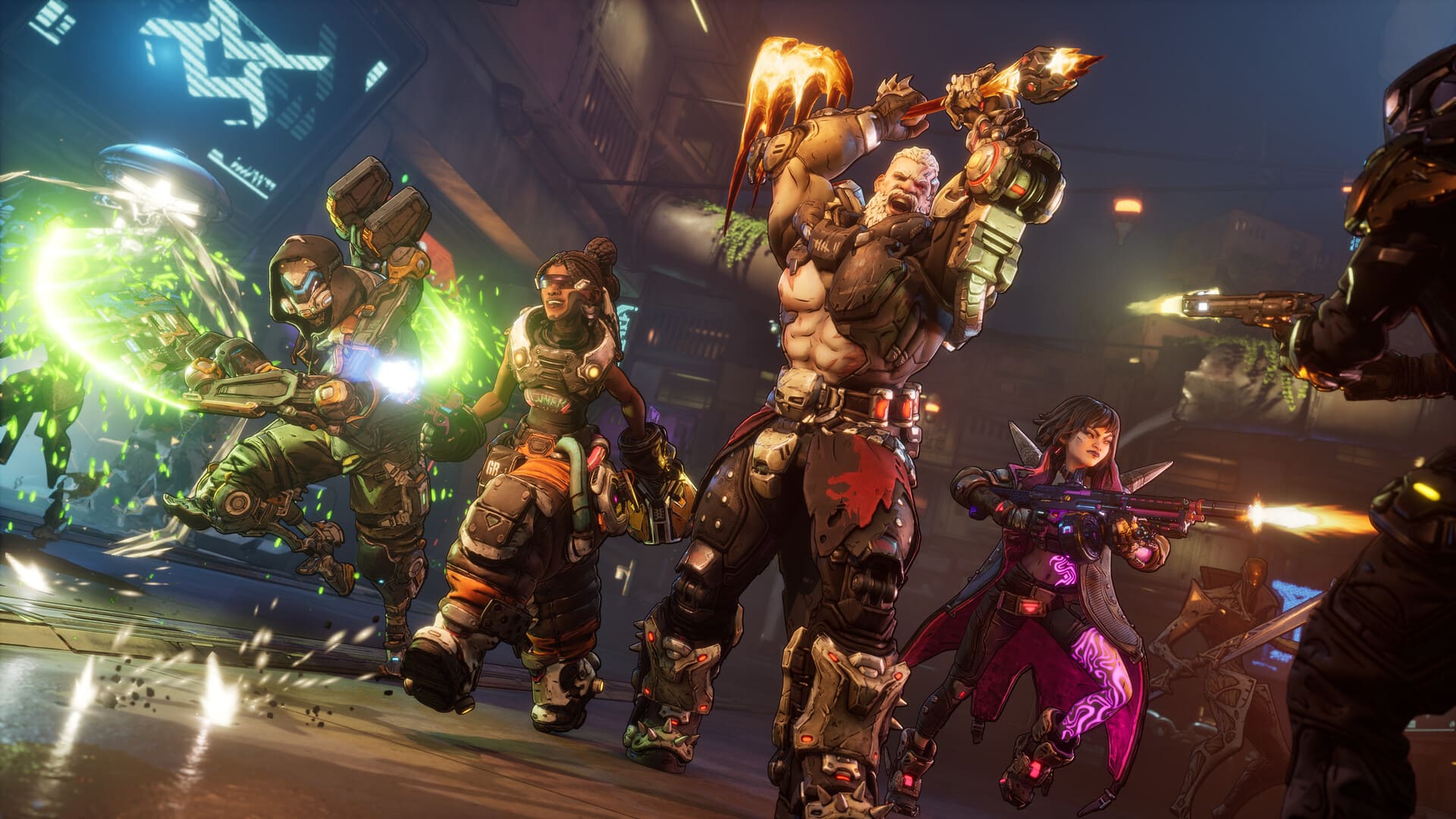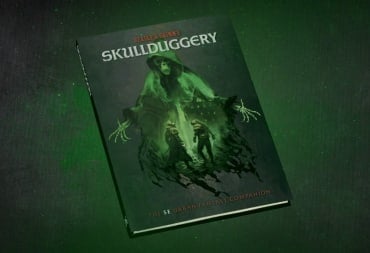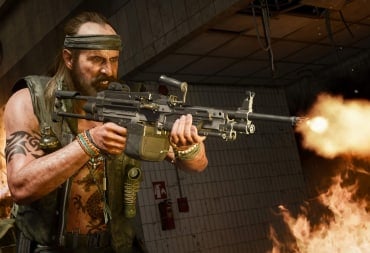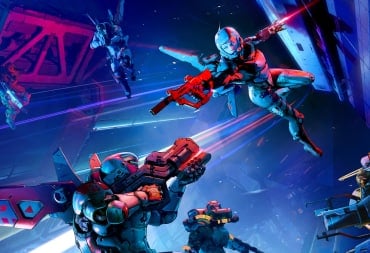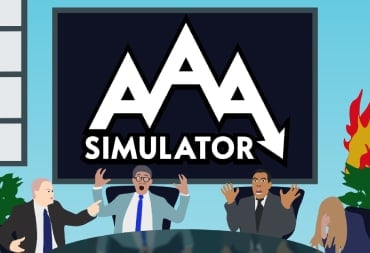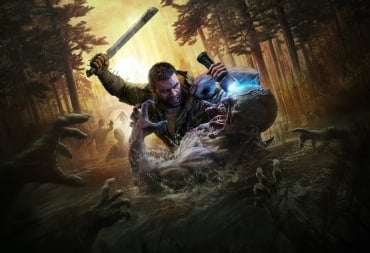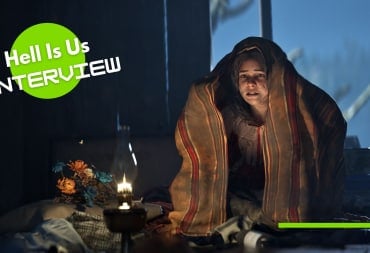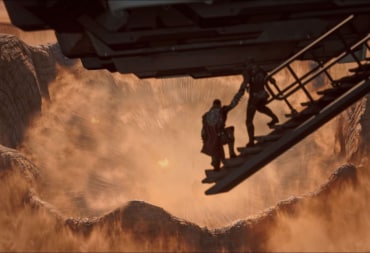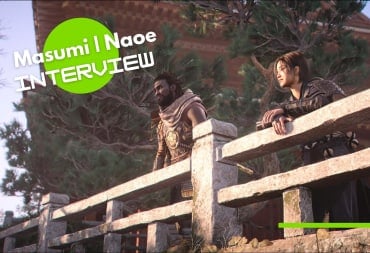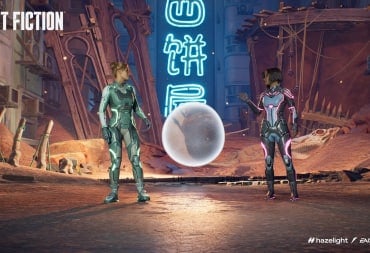There's a lot of words you could use to describe Randy Pitchford. The sometimes controversial, always energetic Gearbox President and Founder is often his studio's biggest cheerleader, and it comes off as earnest, which isn't something you can say about a lot of studio heads.
That passionate commitment to his craft really came through when we chatted with him and narrative director Sam Winkler on the show floor at PAX West. A Borderlands 4 rage room punctuated the conversation with loud smashes, but honestly, that level of mayhem felt so on brand.
We asked Pitchford and Winkler about the efforts that went into Borderlands 4's endgame this time around, along with what they think worked for fan-favorite DLC characters like Krieg and Gaige, especially in light of the newly confirmed DLC character.
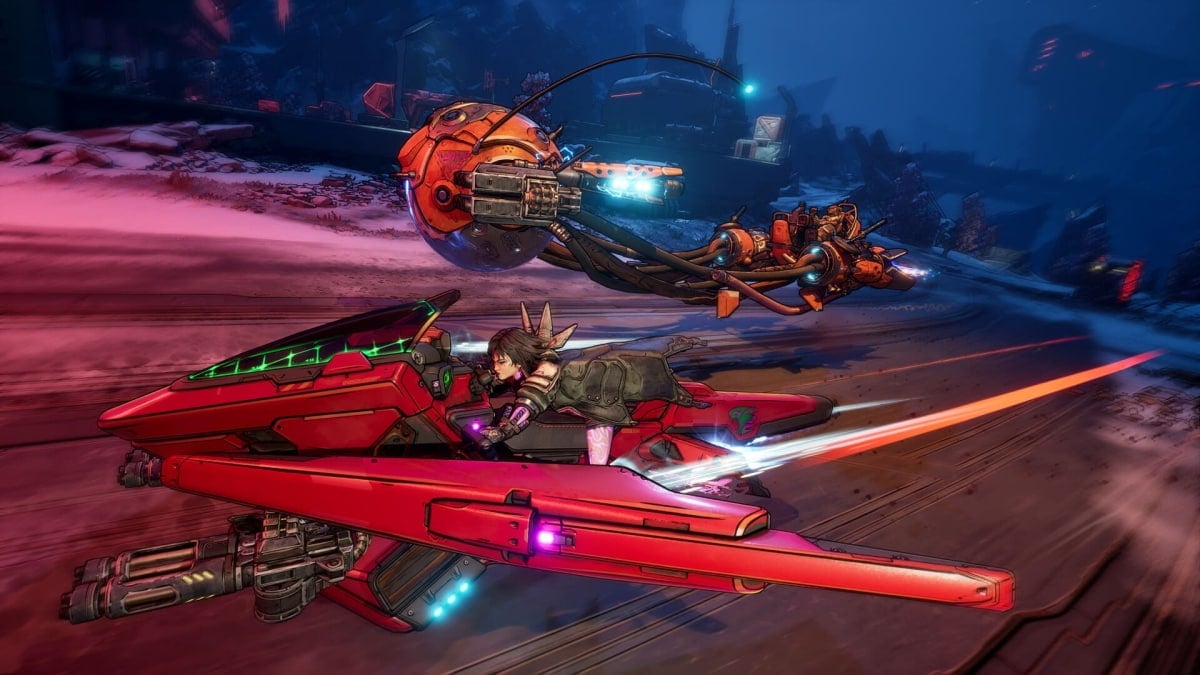
Borderlands 4's Biggest Hype Man
It's been six years now since Pitchford, Winkler, and the team started working on the newest Borderlands game.
"This is a non-trivial percentage of my life," Pitchford said. "I wouldn't trade it for the world. For us, this is literally our lives. And we don't fuck around. Everything in the game is because someone did something. A human being put their heart and soul and sweat and tears into trying to do the best they did. It's not AI making this shit."
Borderlands isn't just something that Pitchford creates to satisfy the bottom line. There's genuine joy when he talks about the game. That bleeds into when he talks about development, because he knows that a more fun game will be a better product for the end consumer—including himself.
That was evident when I asked him and Winkler about their favorite Vault Hunter to play as in the upcoming iteration. Part of me expected a diplomatic "I couldn't choose my favorite child" response without detail, but instead, I got a meaningful answer that sounded like these two were genuinely excited to play the game, even after countless hours of play testing.
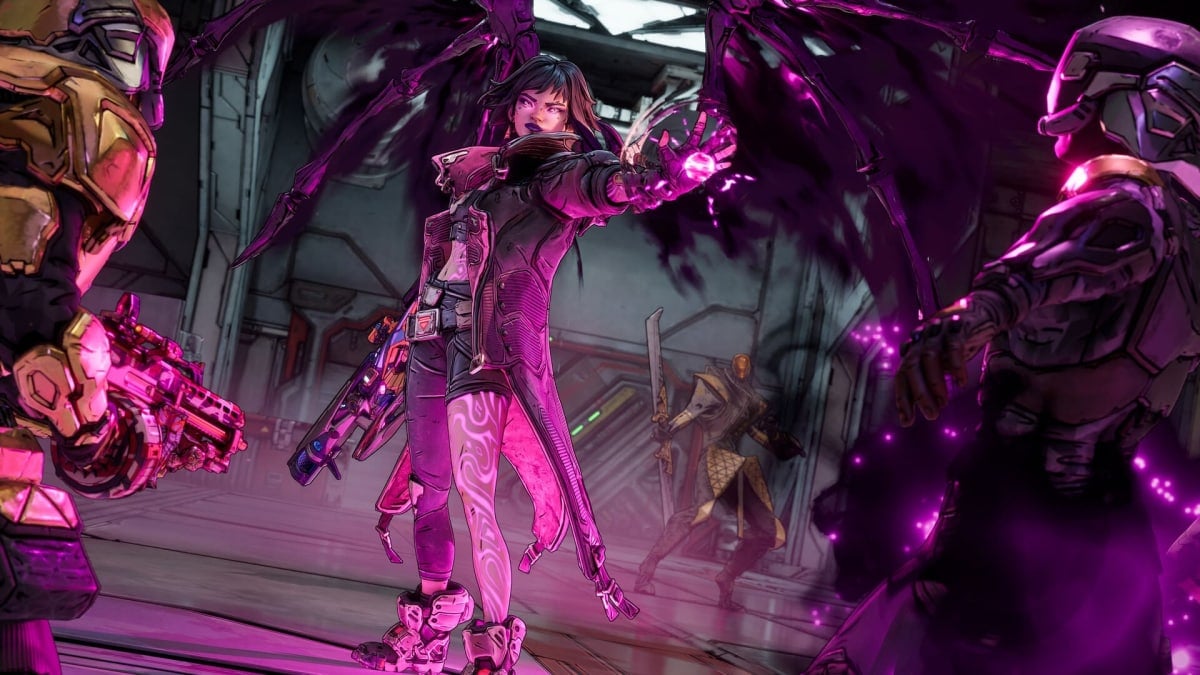
"When I started, I thought I was just going to be Vex for life, and then when Rafa came online, I started messing around with that," Pitchford said. "But as I'm coming into launch, what I've been playing over the last few weeks, it's all been Harlowe." In fact, he has a ritual where he'll try to 100% the game when it releases, and he plans to do that with the Gravitar herself.
Winkler, on the other hand, has had to focus on the narrative whenever he plays an internal build, so he couldn't really savor the character he really wants to play: Amon, the Forgeknight who plays like an elemental space viking.
"I knew from talking to the character designers and constant back-and-forth meetings about this, they're like, 'Oh, this character's more technical' so I'm going to have to pay close attention while I'm playing," Winkler said. "So I'm reserving it. This is my treat at the end of the road."
"I've been working on Borderlands for over 20 years. I'm starting to get pretty good at it." —Randy Pitchford
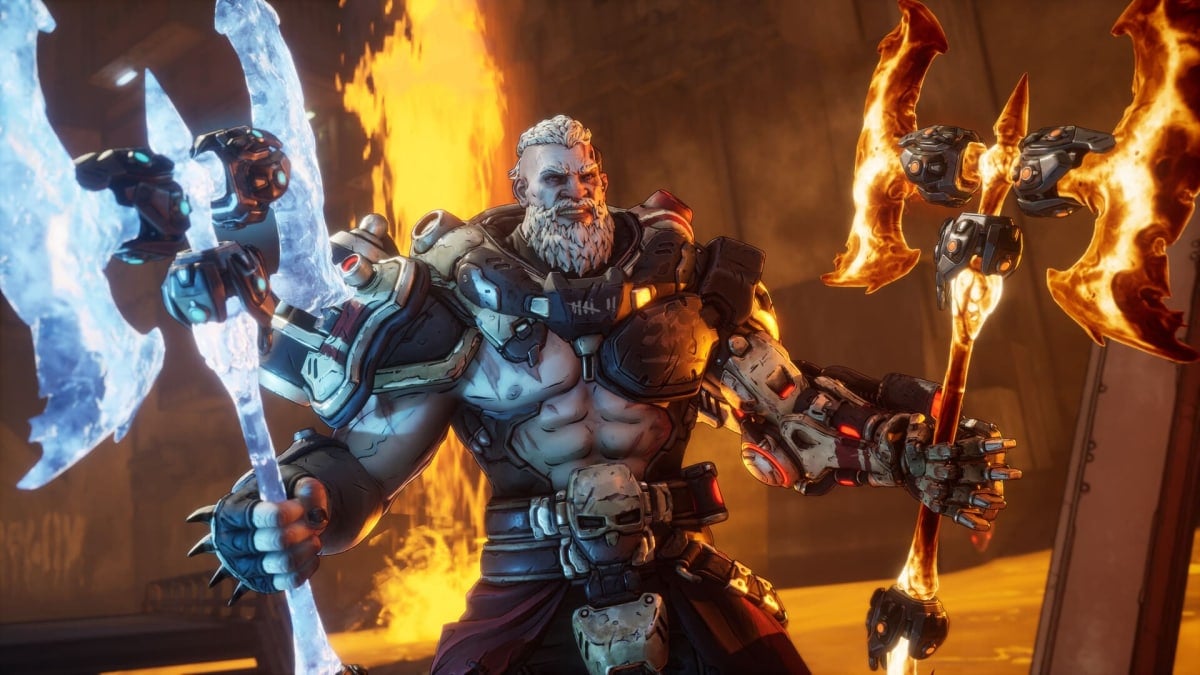
Crafting the Perfect Endgame
Historically, the franchise has responded and adjusted well to new player patterns and tastes. Case in point, one of the big changes to Borderlands 4's Ultimate Vault Hunter mode is the ability to create new characters starting at level 30 once you beat the campaign.
"We have actual telemetry that kind of informs us that look, for a lot of players that complete the main game, the deterrent from trying other characters is starting over," Pitchford said. "And starting them with an endgame-viable baseline can let them explore more."
"And respects their time," Winkler added.
Of course, getting to max level is a whole other ball game. Pitchford cautiously said that on average, there's likely more play time getting to level 50 than there is getting to level 30. Though of course, that depends on what you do to gather XP.
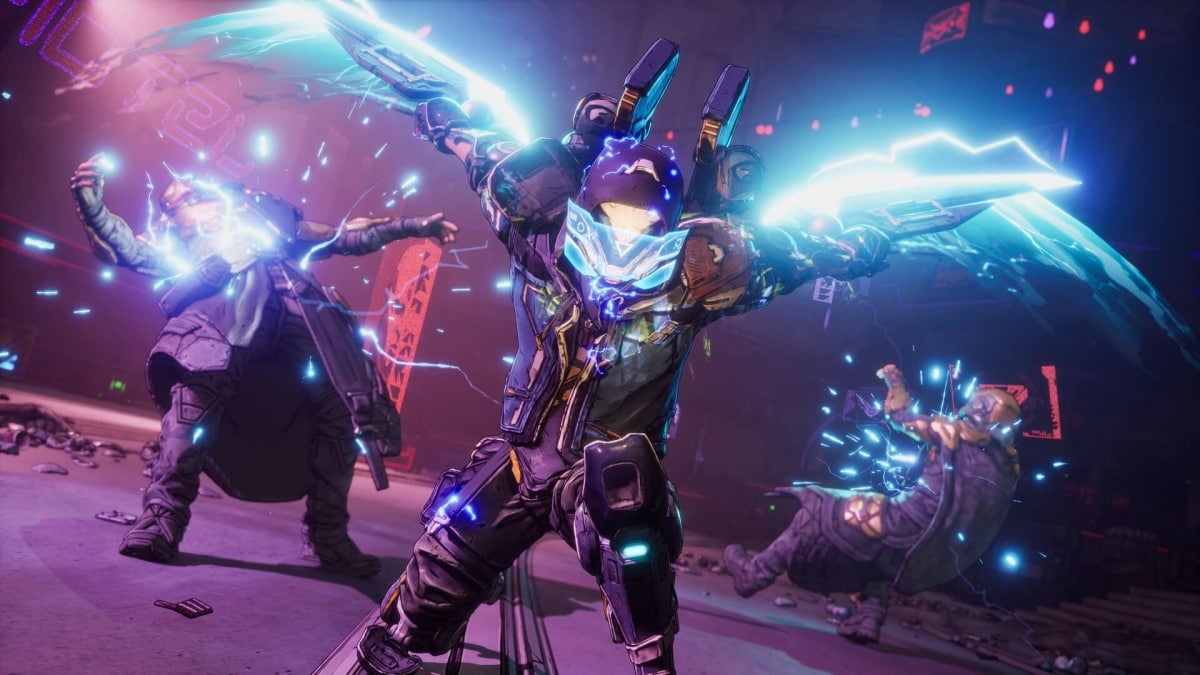
The biggest change for endgame this time around, however, is their internal approach. From the start, Creative Director Graeme Timmins has kept the endgame in mind, specifically because he's always been the one to work on it post-launch for other Borderlands games.
"If you want the kitchen to be clean, you get the guy that has to clean up the mess to manage the kitchen while it's cooking," Pitchford said.
He also admitted that yes, previous iterations have taken some wild swings for the endgame, but with iteration comes increased precision, taking them closer and closer to a bullseye. This time around, the key focus is riding that thin line between ensuring gear is always viable while there's always another piece out there that's a little bit better.
"We used to kind of invalidate loot a lot, and I think it's better to not invalidate loot but to not kill the loot chase," Pitchford said. "So we had to design it so that you can have both living almost paradoxically on top of each other."
Another big part of the endgame that Pitchford and Winkler were excited about was the proficiency system, which introduces more reasons to continue playing after rolling credits. There are challenges involved that keeps things interesting, like killing a certain number of enemies or a more difficult iteration of an enemy.
"Tying some of the progression in the endgame to specific challenges to me makes the hunt more interesting than just 'number go up,'" Winkler said.
"You have completionist mindset and progression mindset working together, which is really kind of a fun kind of psychology," Pitchford added.
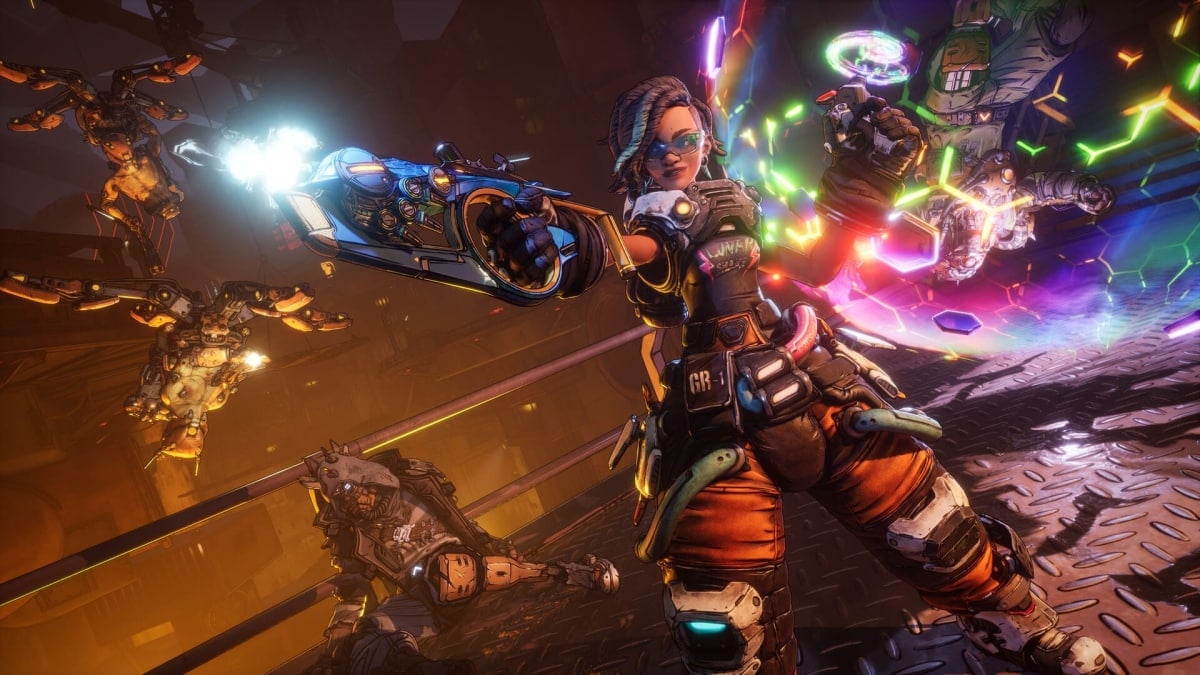
Player Feedback & Gameplay Data
There are two big factors that Gearbox considers as they iterate on their games: player feedback and gameplay data. The folks at Gearbox have a good finger on the pulse of their community—though admittedly, the community does make it easy.
"One thing that we can count on from our audience is they're not going to hold back," Pitchford said. "If they have opinions, we will hear about them. But we love them."
Winkler said that with modern game development, launch is often just the start of things, as that opens the door to the biggest QA session they'll ever have. In this case, it's all about the data they get on the back end while players, well, do their thing.
"They're going to break our shit," Pitchford said.
"Exactly," Winkler responded. "And we can respond super fast. We get instant feedback and we can make it as good as possible because we've got people like Graeme and Grant [Kao, Associate Creative Director]."
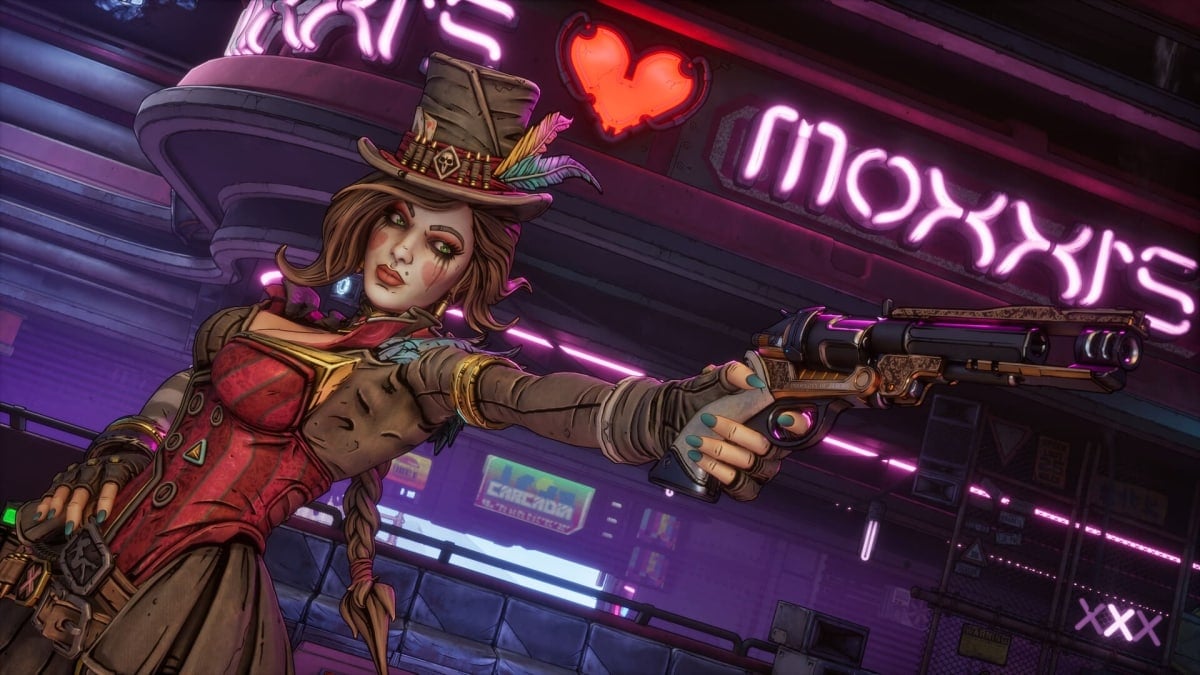
By analyzing the telemetry, like they did for determining the need for endgame-viable new characters, the studio can see what needs fixing, tweaking, and updating. It's a lot of data to sift through, but with all those data points, it's easy to see what's breaking the game and what's breaking the player.
"When we have millions and millions of players playing the game—let's say there's 5 million people playing—that 1% of god-roll player, well guess what? That's now 50,000 people that are just fucking crushing because they got the shit," Pitchford said. " t's really wild how the edge cases are massive numbers of people when you have the game launch at the scale."
Crafting a New DLC Vault Hunter
Just last week, the team confirmed that it's working on a new DLC Vault Hunter for Borderlands 4. It's a shift from their 4-character strategy for Borderlands 3. which was primarily driven by data showing that players mainly stuck with one character.
Of course, the level 30 starting point seems like the new way to combat that barrier while satisfying the huge demand for DLC characters. After the popularity of Gaige and Krieg from Borderlands 2, it's no surprise that people are clamoring for more.
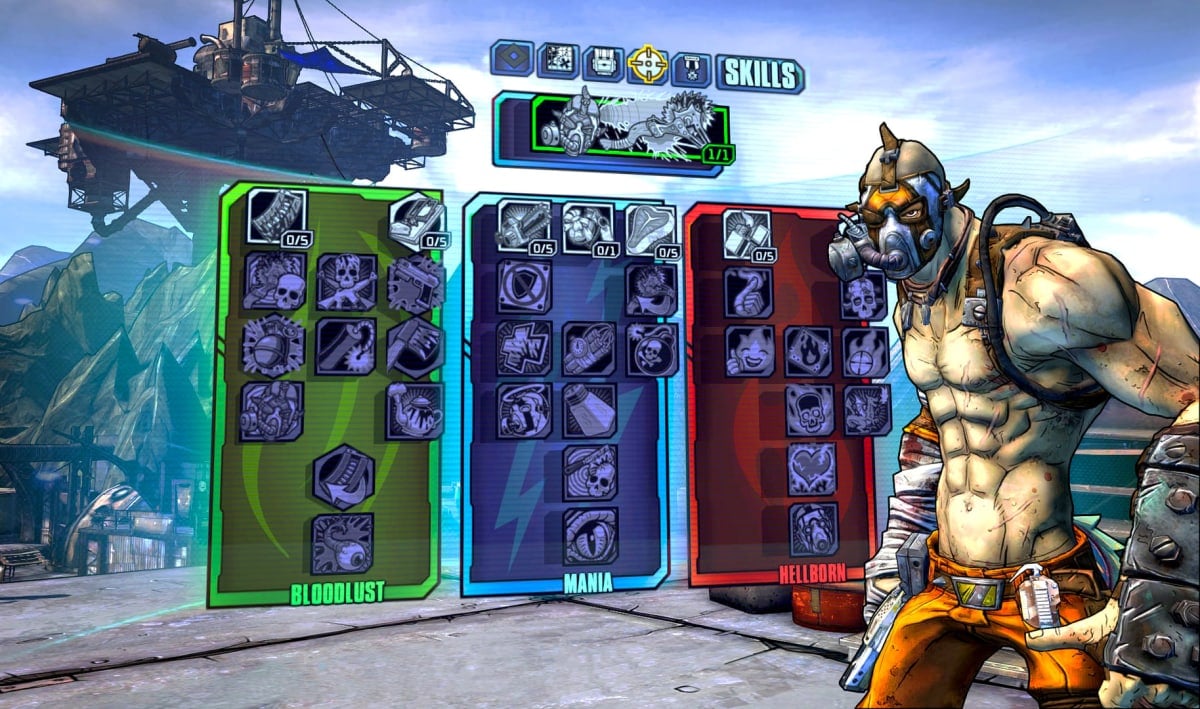
"One of the reasons why I think both Krieg and Gaige went well is because we didn't have the same stakes for them that we had for the main characters," Pitchford said. "We could actually fuck around. Krieg would never work as a main playable, because the gameplay style is so weird. But because it's so weird and interesting, it kind of resonates."
There's a lot that goes into a new Vault Hunter. They need to be relatable, have a worthy backstory, look exciting, play well—in other words, they need to be iconic. It's a lot of pressure, especially with Gaige and Krieg setting the bar high. But Pitchford is confident that he and his team have found something good with this upcoming character.
"There's a certain point where—and that's when you kind of know it's going to work—where the character stops being this thing we're making. And then the character is like, it's there now. Now it's telling us what it's going to do and who it needs to be," Pitchford said.
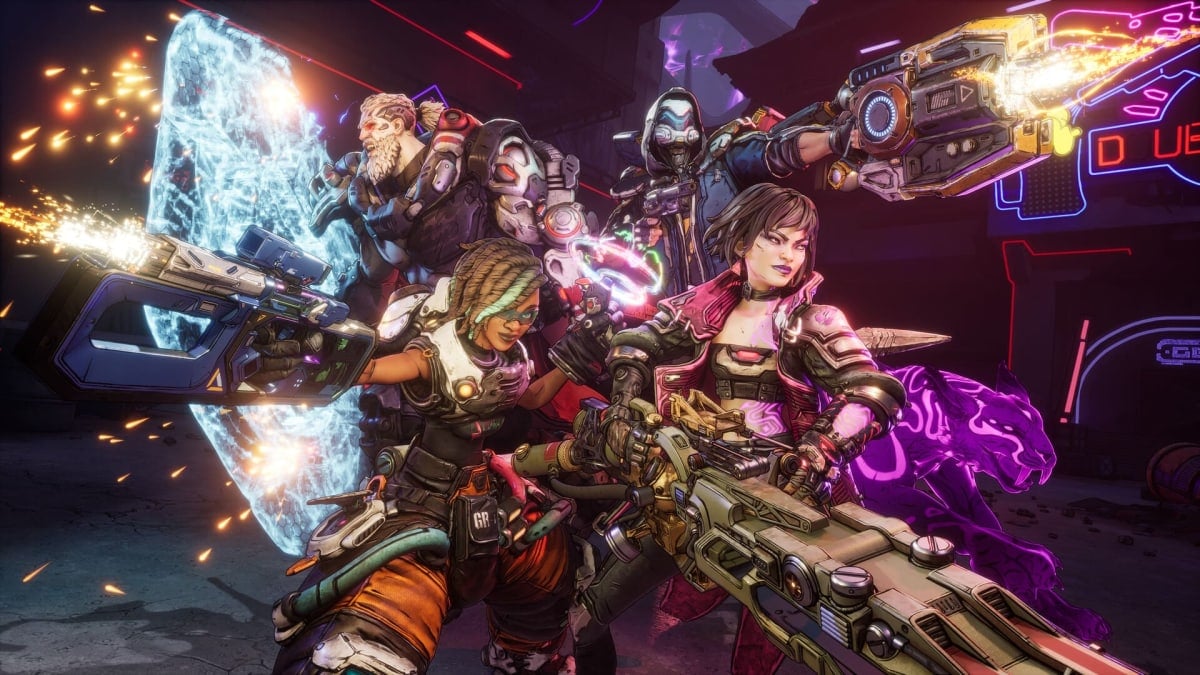
"I'm feeling the genesis of it, and I'm really kind of pumped about it. I love that moment when it shifts from being the thing that we're trying to make to oh, now it's got a life of its own. It's going to tell us what it's going to feel and say and do. I love that."
For Winkler, who oversees a lot of the scripts for these characters, that magical moment happens when the voice actor nails what that character should sound like.
"For me, it's the moment where we get the actor in the booth, and it's like, OK, this could work on a page or at a table read. And then someone spins my fucking flack into gold and goes, oh, there it is. And now I get to go back and rewrite all this stuff because I've got the voice in my head."
Borderlands 4 releases on Sept. 12 on PC, Xbox Series X|S, and PlayStation 5, with a Switch 2 release following up on Oct. 3.
